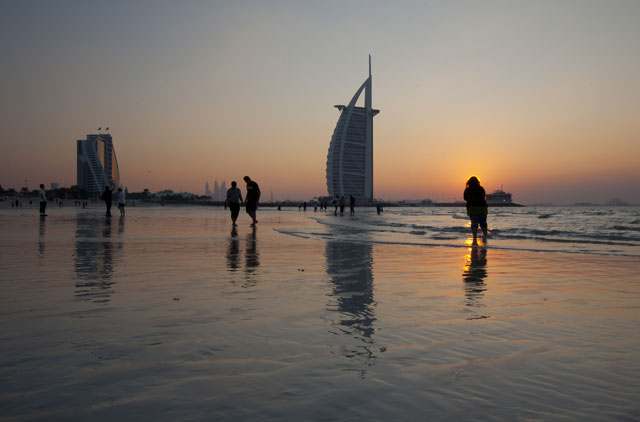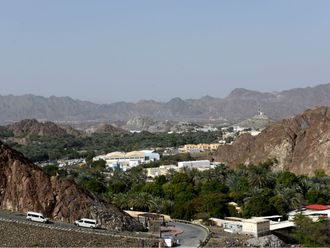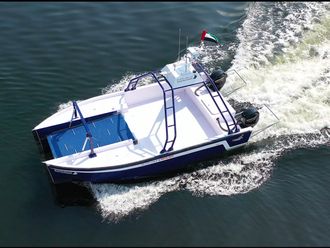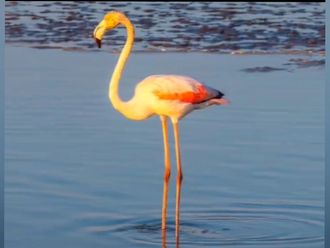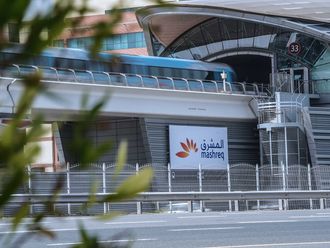Dubai: The civic body on Sunday announced that it will construct five groynes as part of its Umm Suqeim Rehabilitation Project to protect the marine and coastal environment at a cost of Dh35 million.
The project will be completed by March 2015.
Groynes are generally made of wood, concrete, or rock piles, and placed in groups, and often used to complement seawalls, as they interrupt water flow. The ocean groynes in Dubai will be made of steel pipes and timber and will run perpendicular to the shore, extending from the beach into the water.
Hussain Nasser Lootah, Director-General of Dubai Municipality, on Sunday announced that the project will cover all areas of Umm Suqeim 1, 2 and 3, in addition to the beaches starting from the second fishing harbour to Burj Al Arab Hotel – covering a length of approximately 3.5 kilometres.
‘We will start carrying out the project by next week and expect it to be completed by next March. The project consists of constructing five groynes from the beach with lengths ranging between 135 and 165 metres. The total volume of beach sand required to accomplish the proposed stabilisation scheme is approximately 760,000 cubic metres,” said Lootah.
He explained that the project comes as part of the responsibilities of Dubai Municipality for the management of public beaches in the emirate to ensure the sustainability of the marine and coastal environment, which is in line with the vision 2020 of Dubai to develop the tourism sector.
Alya Abdul Raheem Al Harmoudi, Director of Environment Department, said that over the past few years, the beaches have been subjected to severe erosion as a result of the implementation of offshore development projects.
“The offshore development projects have led to the loss of large parts of the coastal areas threatening the safety of buildings and infrastructure overlooking the sea, in addition to hindering the development works on these beaches,” she said.
She explained that one of the main advantages of groynes are that there will be minor change in the wave characteristics, unlike the near-shore breakwaters which drastically change the wave characteristics by preventing the waves from reaching the shore.
Alya added that the municipality innovatively developed the structural designs of the groynes, which were also implemented to stabilise the beach of Jumeirah 1. The proposed groynes are a composite type made of timber logs fixed to steel piles instead of conventional rubble mound structures for asthetic reasons. In addition, the proposed design does not occupy much space in the beach area since it does not exceed one metre, unlike the conventional structure which is 30 metres wide.
“The project will be executed in different stages to avoid completely closing the beaches considering its high recreational use. The public is urged to cooperate with the municipality throughout the stages of partial closures of these beaches,” she said.


